Haemorrhoids: Exercise safety
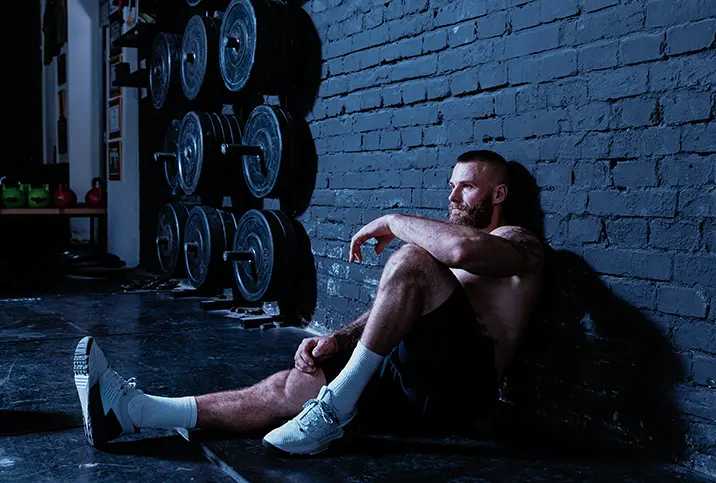
First up are haemorrhoids
There are two types of haemorrhoids, namely:1


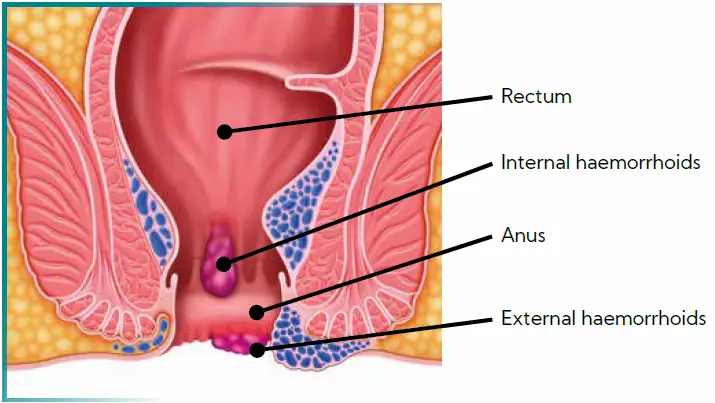
Feeling uncomfortable?

External haemorrhoids can cause itching or irritation in your anal region as well as pain, discomfort and bleeding. You may also experience swelling around your anus.1
You can’t see internal haemorrhoids and they rarely cause discomfort but straining or irritations when passing stool can lead to painless bleeding during bowel movements. You might notice bright red blood on your toilet paper or in the toilet. A haemorrhoid that pushes through the anal opening, is called a prolapsed haemorrhoid and can cause pain and irritation.1
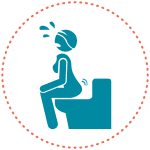

There is a third type of haemorrhoid called thrombosed haemorrhoids. This is when the blood in an external haemorrhoid forms a clot (thrombus). It can cause severe pain, swelling, inflammation and a hard lump near your anus.1
Let’s get moving and shaking
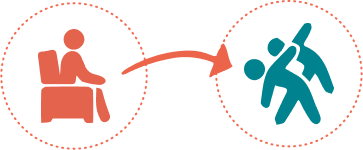
Healthy physical activity is important as it improves blood circulation, which transports vital nutrients to different parts of the body, including the anus.2 These nutrients make the rectal blood vessels and veins stronger, which reduces inflammation in the anal region.2 Pressure on veins is usually accumulated during long periods of standing or sitting. Staying active reduces this pressure.2
Exercises that can do the trick
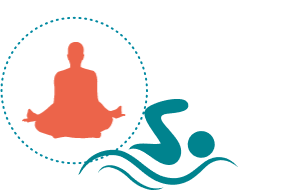
Exercises that improve muscle tone are very helpful in preventing haemorrhoids. These exercises include swimming, running, walking, aerobics and yoga.2,3
How to perform Kegel exercises:
- Stand erect
- Gradually rise on the toes.
- At the same time, raising the hands slowly from the side
- Extend arms until they are high above the head
- Then bend forward as if trying to touch the floor with fingertips
Exercise such as biking should be avoided as it puts pressure around the anal region thus worsening and predisposing you to the development of haemorrhoids. Weightlifting is also not recommended, as it puts strain on the lower back, which can worsen haemorrhoids.2
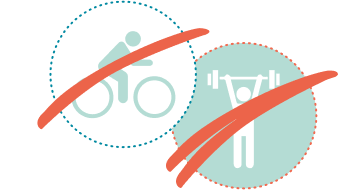
Don’t give up on exercise if you have haemorrhoids but do choose the right exercise routine.
Exercise frequency
20 – 60 minutes per session
a week
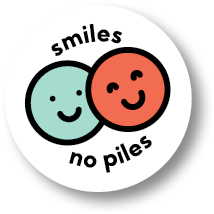
References: 1. Mayo Clinic. Hemorrhoids Overview. 2021. [12 May 2021; Cited on 20 July 2022]. Available from: https://www.mayoclinic.org/diseases-conditions/hemorrhoids/symptoms-causes/syc-20360268. 2. Ali ZH, El-Sayed N, Taha NM. Effect of Conservative Measures in Improving Hemorrhoid Stages and Relieving Symptoms among Patients with Hemorrhoid. Journal of American Science 2011;7(9):53-65. 3. De Marco S, Tiso D. Lifestyle and Risk Factors in Hemorrhoidal Disease. Frontiers in Surgery 2021;8:1-5.


